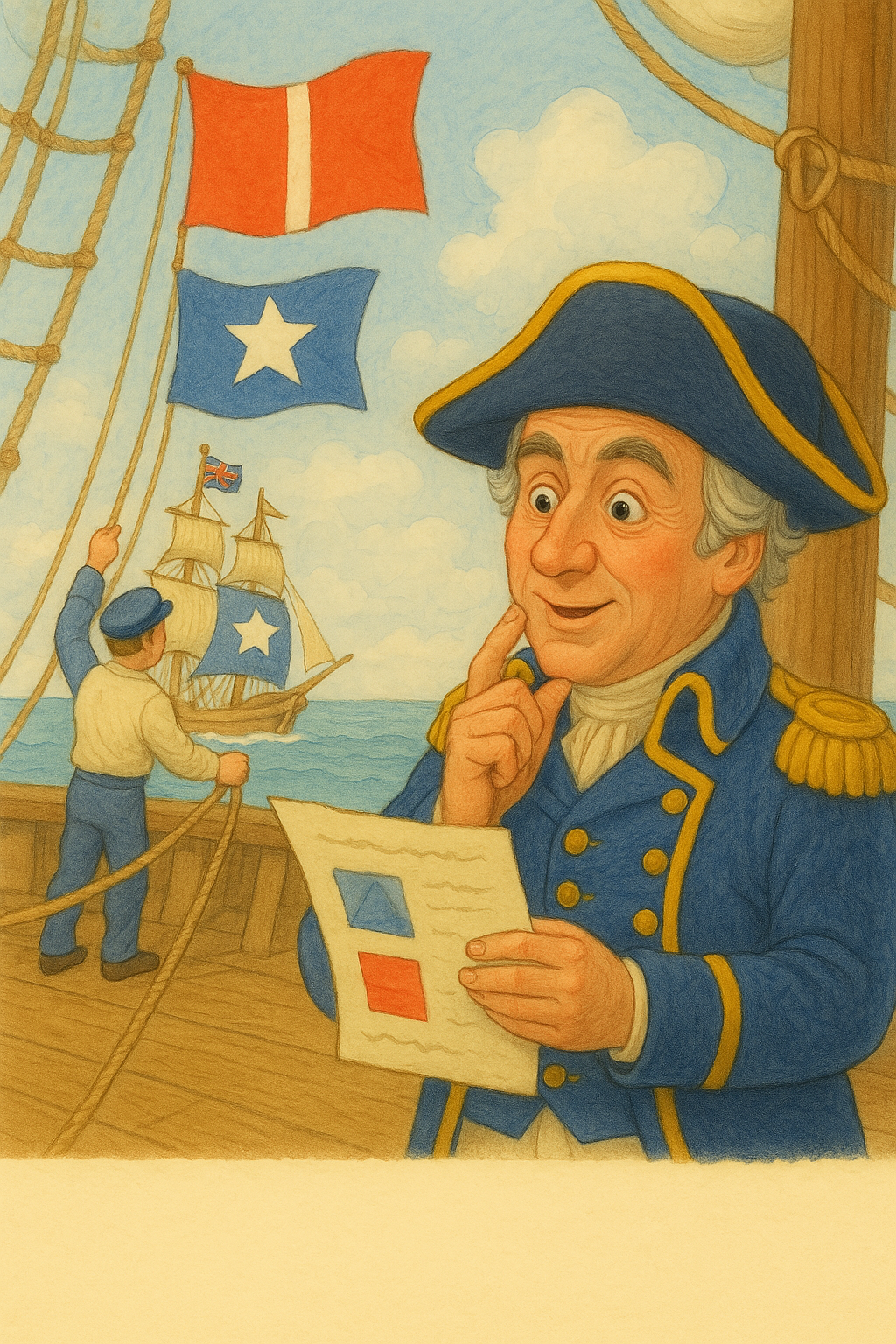
Curaçao (True) Children’s Stories
Governor General Albert
In the early 1800s, Governor-General Albert Kikkert supposedly suffered from migraine headaches. The doctor told him that this maybe due to the sun reflecting on the white paint of the buildings in Willemstad.
Albert issued a decree to paint the structure any color other than white. It is said that when Albert died it was found out that he had an ownership stake in the only paint factory on the island.
Read this story about the eccentric governor.
The Governor’s Secret
Many hundreds of years ago, in the port town of Willemstad on the island of Curacao, there lived a mean-spirited and difficult man named Governor Albert. From his grand office at the city hall perched on a hill, Albert overlooked the town's colorful rooftops and the large harbor, constantly scheming new ways to grow his fortune.
Governor Albert took special delight in counting the tall ships sailing in from Holland. Each ship represented 100 guldens in taxes—60 grams of pure, gleaming gold. Whenever a ship arrived, he would smile to himself, pleased by his growing wealth.
But one day, as Albert gazed out of his window, he noticed something alarming: no ships were in sight. The harbor was eerily still. His smile faded, replaced by a deep scowl.
"Bring me my magistrate immediately!" Albert barked, ringing the servant’s bell.
The magistrate, a round man with little hair on his head but plenty on his chin, hurried up the stairs, huffing and puffing.
“I want to make a decree,” growled Albert, his sharp eyes gleaming. “By the end of the week, every house in Willemstad must be painted white.”
“White?” the magistrate asked hesitantly.
“Yes, white, you imbecile!” snapped Albert.
Chaos erupted in the town. Everyone rushed to buy white paint, but there wasn't enough for all the houses. Ladders became scarce as neighbors scrambled to borrow or purchase them. The price of white paint skyrocketed from one florin to thirty florins, leaving townsfolk grumbling and their pockets empty.
Albert, however, seemed happy. From his window, he watched as the buildings turned a dazzling, blinding white.
But the following day, Albert summoned his doctor. A thin man with round glasses balanced on a large red nose rushed in.
“I have a terrible headache,” complained Albert. The doctor examined him but could find nothing wrong.
“My governor,” said the doctor finally, “it must be the sun reflecting off all those white buildings.”
Albert rang for the magistrate again.
“I want to make another decree!” he bellowed. “By the end of the week, every house must be painted in different colors—blue, red, yellow, green—anything but white!”
“Colors?” stammered the magistrate.
“Yes, COLORS, you imbecile!”
Once again, the town plunged into chaos. Paint shops bustled as people scrambled to repaint their freshly whitewashed homes. They spent more money on colorful paints and toiled tirelessly to meet the new decree. Meanwhile, Albert sat by his window, smugly watching as Willemstad was transformed into a patchwork of bright hues.
But only a month later, Governor Albert passed away unexpectedly. After his funeral, as his estate was sorted through, the townspeople uncovered a surprising secret: Albert had owned the only paint factory on the island. All their hard-earned money had gone straight into his pockets.
In time, Willemstad’s residents came to see the beauty in their multicolored town. The vibrant buildings became a source of pride, celebrated by visitors from far and wide. And though they resented Albert’s greed, they laughed to think that even his schemes had left behind something wonderful.
Popham
The Talking Flags




